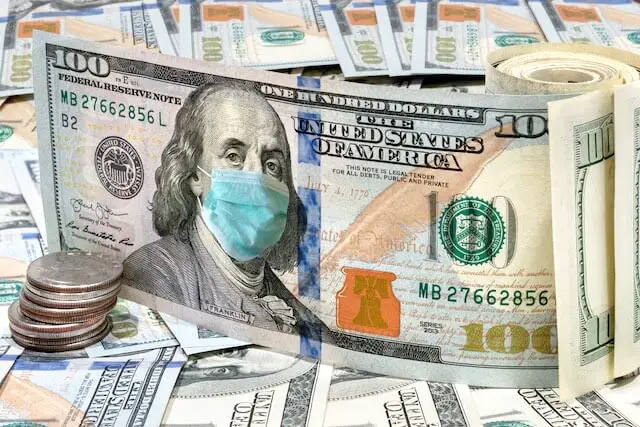The Thrift Savings Plan has issued important information for federal employees who participate in the TSP and have been impacted by the COVID-19 coronavirus.
The CARES Act created special rules allowing withdrawals from retirement plans without the usual 10% penalty. The TSP said that these rules apply for most types of TSP withdrawals for participants affected by the coronavirus.
The TSP said that it is working on a new, temporary withdrawal option that waives the usual in-service withdrawal requirements and allows all COVID-affected participants to waive tax withholding and that it will be providing details on this new option very soon.
Update: The TSP has announced the details of these new temporary withdrawal options.
In the meantime, the TSP said that plan participants have other options currently available to them that they can utilize if needed. “…many TSP participants who are affected by COVID-19 can take advantage of the withdrawal provisions of the CARES ACT using withdrawal types for which they’re already eligible,” stated the TSP in its announcement.
What follows is the information the TSP shared about these existing withdrawal options.
TSP Withdrawals for Participants Affected by COVID-19
If you’re a current civilian federal employee or member of the uniformed services and eligible under the existing rules, such withdrawals include hardship withdrawals and age-based in-service “59½” withdrawals. If you’re separated from federal service or a beneficiary participant, they include single payments and some installment payments.
This article explains the favorable tax treatment that you may be eligible for right now without waiting for the new withdrawal option to be available.
Definitions and Eligibility
This article uses the terms coronavirus-related distribution and qualified individual.
A coronavirus-related distribution, as defined by the Internal Revenue Service (IRS), is “a distribution (withdrawal) that is made from an eligible retirement plan to a qualified individual from January 1, 2020, to December 30, 2020, up to an aggregate limit of $100,000 from all plans and IRAs.” That means $100,000 is the maximum amount across all your retirement plans combined that you can apply these tax advantages to.
You’re a qualified individual if you meet at least one of the following criteria listed in the CARES Act:
- You have been diagnosed with the virus SARS–CoV–2 or with coronavirus disease 2019 (COVID–19) by a test approved by the Centers for Disease Control and Prevention.
- Your spouse or dependent (as defined in section 152 of the Internal Revenue Code of 1986) has been diagnosed with such virus or disease by such a test.
- You are experiencing adverse financial consequences as a result of being quarantined, being furloughed or laid off or having work hours reduced due to such virus or disease, being unable to work due to lack of child care due to such virus or disease, closing or reducing hours of a business owned or operated by the individual due to such virus or disease, or other factors as determined by the Secretary of the Treasury (or the Secretary’s delegate).
You must be a qualified individual receiving a coronavirus-related distribution to take advantage of the favorable tax treatment described below. You must also designate your withdrawal(s) as a coronavirus-related distribution when you file your taxes. To do that, you’ll file Form 8915-E, which the IRS is expected to make available before the end of 2020.
Early Withdrawal Penalty Waived
If you designate your withdrawal(s) as a coronavirus-related distribution when you file your taxes, the IRS will waive the 10% additional tax on early distributions.
When You Must Pay Tax on the Income from Your Withdrawal
The taxable income from withdrawals made by qualified individuals may be spread “ratably” over a three-year period, starting with the year in which you receive your distribution. For example, if you receive a $9,000 coronavirus-related distribution in 2020, you could report $3,000 in income on your federal income tax return for each of 2020, 2021, and 2022. This is optional; you can also choose to include all of the income in the year of the withdrawal.
Repaying Withdrawals
If you are a qualified individual, you may repay all or part of the amount of a coronavirus-related distribution to an eligible retirement plan, provided that you complete the repayment within three years after the date that you received the distribution. If you repay a coronavirus-related distribution, the distribution will be treated as though it were repaid in a direct plan-to-plan transfer so that you do not owe federal income tax on the distribution. The law allows you to repay coronavirus-related distributions to the plan from which you received it or to another eligible retirement plan.



